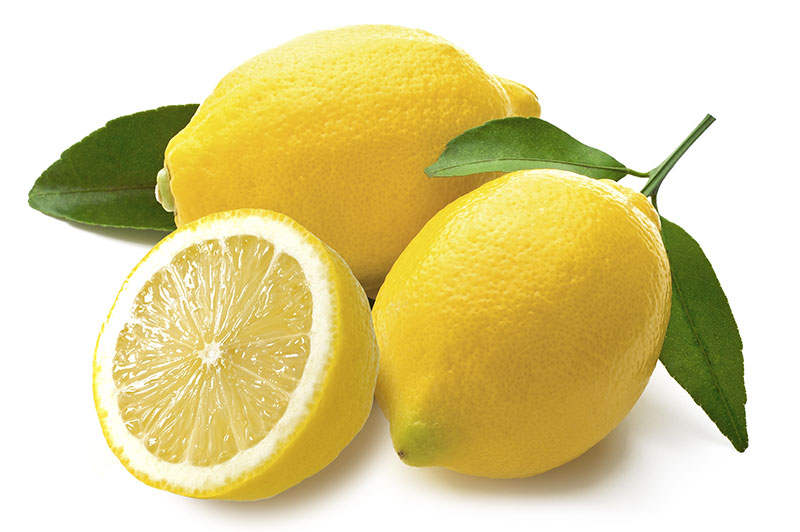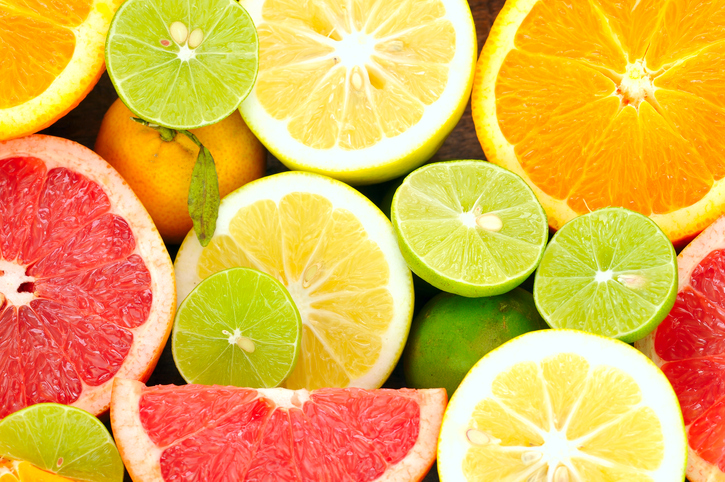Citrus, Lemon

Availability:
Year-round
Availability:
| J | F | M | A | M | J | J | A | S | O | N | D |
Notice:
on demand
Receiving/Storage:
Receiving Information: For peak quality, US #1 should be firm, fairly well formed, not flattened, abnormally lumpy or rough skinned, free of broken or hard skin, decay, cracks, mold or scars & should have either a light green or bright yellow color. Juice content should be 25% of weight. Sizes or counts are 75, 95, 115, 165, 200, & 235 per 38 lb. carton. 1lb yields 8oz. of juice & 1 lemon equaling 2 oz. of juice. Skin deterioration/decay: Exposure to ethylene may accelerate deterioration increasing decay susceptibility. For best quality, keep away from ethylene producing fruits & ripening rooms. Pitting of skin; interior discoloration; loss of juice: These are indications of chill injury. To prevent chill injury, do not store lemons below 45 degrees /degrees C. Decay/mold; shortened shelf life: Storing at high temperatures may promote product decay & shorten shelf life. For best quality, maintain short-term storage temperatures of 45-50 degrees F/7-10 degrees C. Decay may also result from cuts or scratches caused by rough handling. Handle lemons w/ care; do not drop shipping containers on the floor. To prevent mold from spreading, remove affected product immediately. Storage/Handling: Temperature/humidity recommendation for short-term storage of 7 days or less: 45-50 degrees F.
85-95% relative humidity.
Description:
Primary varieties are Eureka and Lisbon. Both have smooth, firm skins, juicy flesh, and few seeds. Other noted varieties include Bears, Avon, Harney and Villafranco. Size & acidity of lemons differ according to the variety, as does coarseness & thickness of the yellow peel. The number of seeds contained in the flesh also varies, with some lemons being seedless. When lemons are picked ripe, they are sweet and only slightly acidic. For this reason lemons are usually harvested when still green and left to ripen artificially in warehouses for 1 to 4 months.


